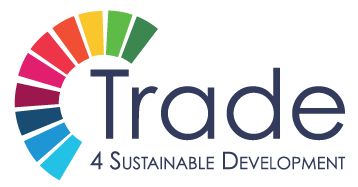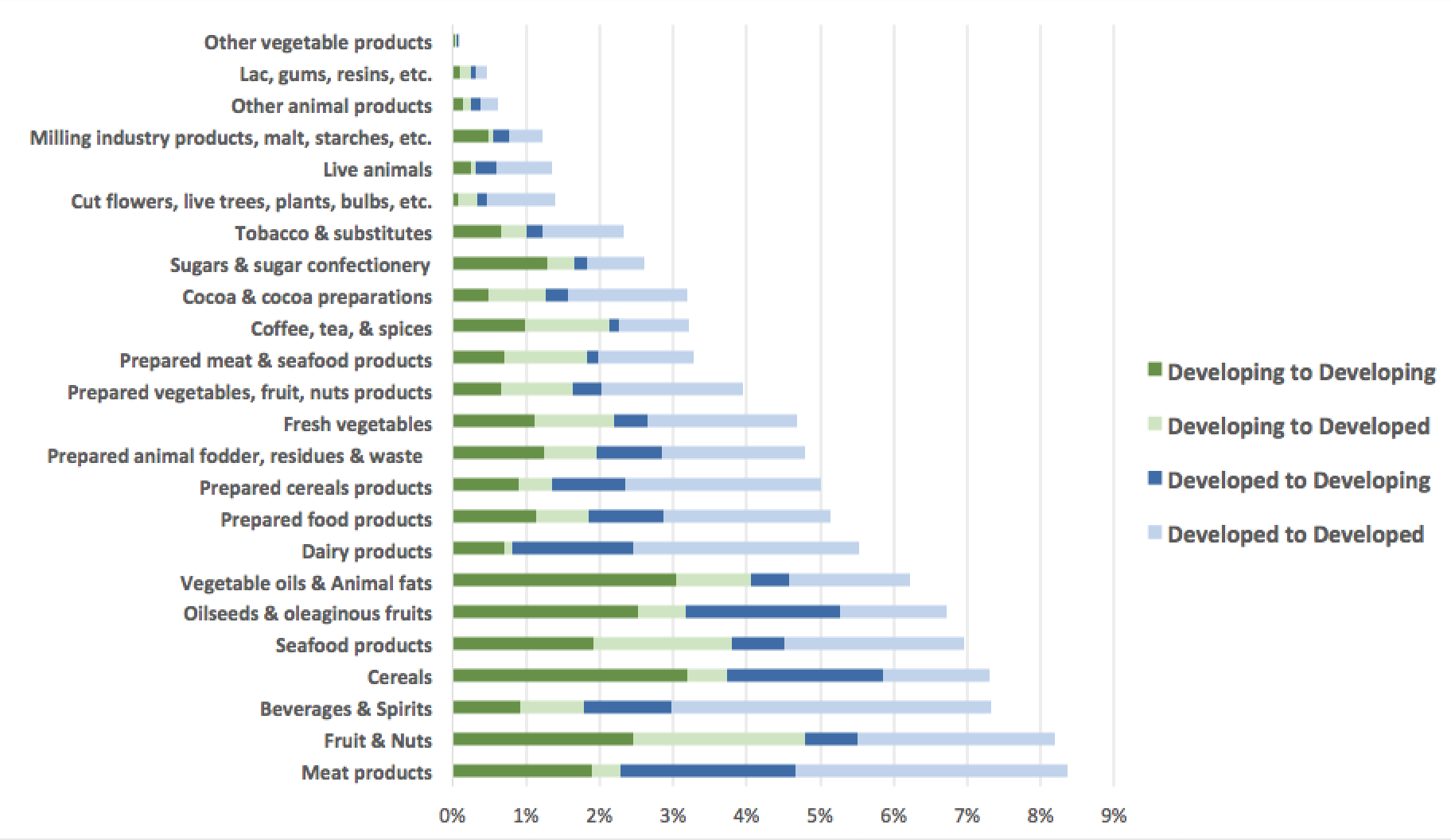Ellen Huan-Niemi and Viet Hoang
Global agri-food production, trade, and consumption have become ever more organised around global value chains that account for a growing share of international trade, global gross domestic product, and employment. Through global value chains, developing countries can integrate into the global trading system, which offers significant opportunities for industrial upgrading, economic development, employment creation, and poverty alleviation. There is no guarantee that the benefits that accrue to developing countries will always be sustainable, since global value chains are highly competitive. Value chain governance, standards, and certifications offer great opportunities for strengthening the economic, social, and environmental sustainability of global value chains. For example, sustainable production and consumption patterns can be promoted along with achieving the global sustainability agenda by fostering value adding, corporate social responsibility, and consumer awareness as well as more transparency in the global value chains.
Value chain characteristics of agri-food products
Production characteristics, product features, and value chain characteristics of agri-food products may have different linkages to sustainable development. Tropical commodities and cereals are land-intensive, therefore certified products in global value chains can reduce soil degradation, water and coastal pollution, and greenhouse emissions due to the technical specifications for production methods, for example, limiting the use of synthetic fertilisers and pesticides.
Fresh fruits & vegetables and tropical commodities in developing countries are labour intensive. This feature can provide more employment and increase the income of smallholder farmers as well as improve employee wage and training on farms via agro-industrial companies. In addition to employment and income generation, there are positive impacts such as credit facilities, improved housing condition, landscaping, market infrastructure, religious centres, rural development, and urbanization.
Public and private food standards
Fresh fruits & vegetables and seafood are under strict regulation through both public and private standards. Strict food standards and certifications in developed markets may be a strong motivation for fostering sustainable production and trade, rather than acting as barriers. Governments and producers in developing countries are encouraged to invest in their capacity to satisfy the different standards. These food products have strong product and quality differentiation via higher standards that can provide smallholders with various benefits, i.e., higher-quality products, more stable income, better-quality living environment, and higher-ability labour; therefore, increasing smallholders’ welfare in the long term. Certification and stringent governance in global value chains forces and motivates seafood producers to sustainably exploit and conserve seafood resources as well as reduce marine pollution.
Value chain governance and coordination
Regarding governance and state involvement, fresh fruits & vegetables are liberalised and privatised while tropical commodities and seafood are partially liberalised with various regulatory intervention by governments, depending on the countries. However, cereals (e.g., rice) can have a high degree of state intervention and tariff protection as well as subsidies due to national agricultural policies to promote self-sufficiency in food production and food security. Through global value chains, there is the possibility to lower trade barriers and enhance market access in highly protected markets as well as to improve traceability of food products along with augmenting food quality and safety in liberalised markets.
There is strong consolidation throughout the value chains for fresh fruits & vegetables, meanwhile tropical commodities and seafood have consolidation in the processing and exporting of the food products. In general, fresh fruits & vegetables, tropical commodities, and seafood have a high degree of coordination via vertical integration in agro-industrial companies, contract farming, out-grower schemes, and horizontal coordination among producers in cooperatives. These structures will give rise to the opportunity to reduce food loss and waste in all stages of the global food value chains; subsequently, all actors in the value chain can share responsibility, promote information, enhance partnership, and work together to reduce food loss and waste.
War between Russia and Ukraine
The war in Ukraine is putting global value chains to the test again after mitigating the devastating economic impact of the COVID-19 pandemic. Distortions in supply will hit trade because of destruction due to the war in Ukraine with disabled supply chains, sanctions, and export bans. The rise in food and fuel prices stemming from the war in Ukraine is already accelerating inflation in many countries, thus developing economies will face severe constraints on growth and development. The combination of very high prices of food and fuel will place severe pressure on households in developing countries, whereby real incomes will be reduced along with constrained economic growth. Consequently, the poorest segments of populations will be hit the most as they tend to spend a disproportionately high share of their income on food.
Figure: The share (%) and ranking of different agri-food products in total world trade in 2020
Statistics source: International Trade Centre (ITC)
*More information is available in Deliverable D1.1
Ellen Huan-Niemi
Senior Scientist, LUKE
Viet Hoang
Researcher, University of Economics Ho Chi Minh City



Leave a Reply